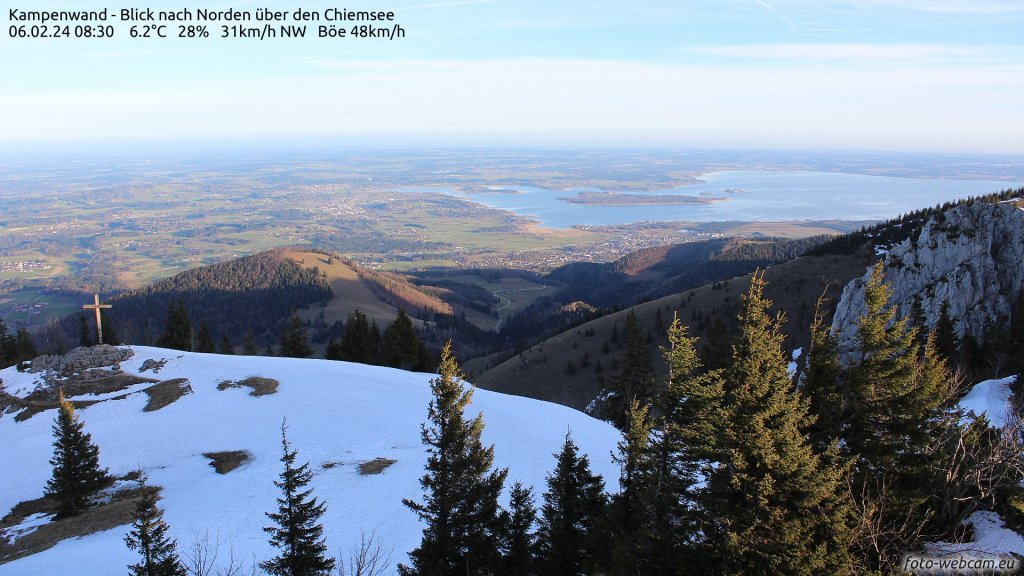Current situation and outlook
For some time now, the Alps have been caught in a strong westerly current that produces very mild air masses, mostly sunny weather and no fresh snow. The jet and the disturbances embedded in it pass too far to the north to have any effect here. This is quite different in Norway, for example, where storm Ingunn blew a bus off the road a few days ago, among other things.
Today, Wednesday (7 February), the current over the Atlantic is still fairly zonal, i.e. it runs fairly straight from west to east without any major waves or detours. This is about to change: a strong low is developing off the European Atlantic coast and the jet will have a significant southward bulge by the end of the week. The large-scale current will therefore undulate and become more meridional, i.e. have a stronger north-south component. The depression forms west of the Alps and only moves slowly to the east. We are located at the front of the trough, i.e. in front of the actual low in terms of the direction of flow (= east of the low). Air from the south reaches us on this "wave front". This is warm and moist and is likely to bring the classic combination of southerly congestion and northerly foehn starting Friday.




